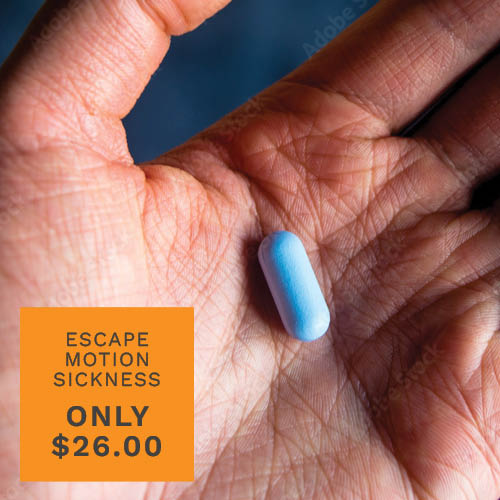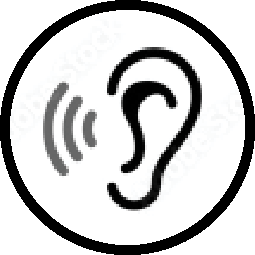MOTION sickness for kids most commonly occurs when the child is seated in the back seat of a vehicle looking down at something like a coloring book.
Just as in adults, they can sense the motion with their inner ear, but the nerve extremities and eyes cannot. It typically occurs in children aged between 2 and 12 years. The good thing is that kids usually outgrow motion sickness as they get older.
Motion sickness can happen as a result of any kind of movement. Generally people tend to suffer from sickness on a moving train, boat, car, airplane, or on an amusement park ride. It happens when the brain receives conflicting signals from various parts of the body after sensing motion – such as the eyes, inner ear, and the nerves along the extremities. When the signals are not consistent with each other, the brain activates a response that causes children to get nauseous.
How Motion Sickness in Children can be avoided?
- They shouldn’t travel on a full stomach. Avoid feeding your kids spicy or greasy foods before travelling. Instead, offer them a snack such as pretzels or crackers and something to drink.
- Avoid Frequent Stops. If you have to stop, ensure your kid comes out of the car and walks around.
- Allow them to look out the window. This means they shouldn’t color, read, or watch anything on a video screen. Instead try to sing songs, talk, or play a car game. This can keep them looking out so their eyes are ears are both sensing the same motion.
- Have a Reasonable Temperature in the Car. Being too cold or too hot can make anybody sick. Have it in mind that the temperature at the front of the car might not be the same as that in the back, particularly if you have turned off the back vents.
- Avoid looking at the Sun. Make use of shades that can be attached to the windows to keep the sun out. During the summer however, get them some shades and open the window for some ventilation.
- Medications. Yes, it is possible to get motion sickness medicine for kids. Speak to our expert team for advice on the right treatment for your child.
Signs and Symptoms of Motion Sickness
- The symptoms often begin with stomach upset. Loss of appetite, cold sweats and loss of energy may follow. At times, this can progress into vomiting.
- A young child may not be able to describe how they feel, but will demonstrate by turning squirmy and pale, and then crying and yawning.
What to do?
When motion sickness in children happens, don’t panic, your trip isn’t ruined. This sickness usually stops when the motion does. The first thing to do is to immediately stop whatever motion that is causing the sickness. If you’re driving in your car and your child gets ill, stop as soon as possible and let them walk around. If you’re embarking on a long trip, it may be necessary to have frequent stops.
You can contact us by calling 1300 SEASICK or order your travel sickness treatment online here.









